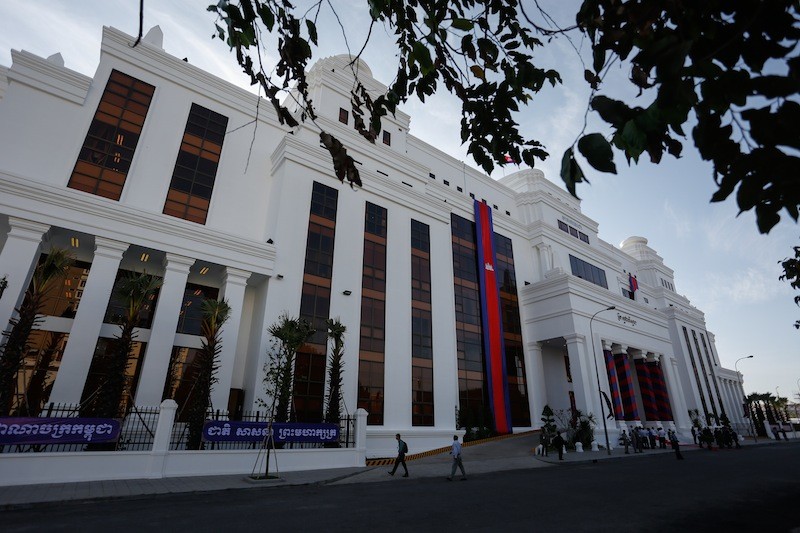Prime Minister Hun Sen on Wednesday signed a sub-decree to create “biodiversity conservation corridors”—patches of land connecting Cambodia’s protected areas—putting an additional 1.4 million hectares under the management of the Environment Ministry.
This brings Cambodia’s protected areas overseen by the ministry to more than 40 percent of the country’s land area.

“The biodiversity conservation corridors are drawn up to connect the protected areas to one another,” said Sao Sopheap, ministry spokesman. “They enrich ecosystem functions, and they’ll enlarge the extent of protected areas.”
With 5.9 million hectares of land already in Cambodia’s 45 designated protected areas, the sub-decree brings the total land in Cambodia’s protected areas system to 7.3 million hectares.
The corridors will assist species migration and prevent forest fragmentation in some of Cambodia’s key habitats, namely the Cardamom mountains in the southwest and the Mondolkiri forests in the northeast, Mr. Sopheap said.
As the legislation takes hold, the Environment Ministry is continuing to marshal the resources to manage its land holdings, he added, looking to hire 300 additional rangers to patrol protected landscapes this year.
The sub-decree is a crucial step for helping both wildlife and local livelihoods, said Suwanna Gauntlett of the NGO Wildlife Alliance.
“Connective landscapes are critical for the movement of large terrestrial mammals such as the Asian elephant that needs vast tracts of land in order to find enough food,” she said.
Moreover, the fragmentation of Cambodia’s forests was a significant factor in the nation’s worsening droughts, she said.
“The continuity of forest cover regulates rainfall, 22 major waterways and a complex network of underground water tables,” she said.
“If the rainforest were to be fragmented into pieces, this watershed function would immediately decrease.”
Despite the sub-decree’s potential benefits, Mr. Sopheap, said there were still a number of details to be worked out—such as how the corridors, as well as the protected areas, would be managed.
It is unclear, for example, whether agribusinesses already operating in the corridors will be allowed to continue.
“The corridors will be under the protected areas law, but of course, we have to respect the stakeholders,” he said.




